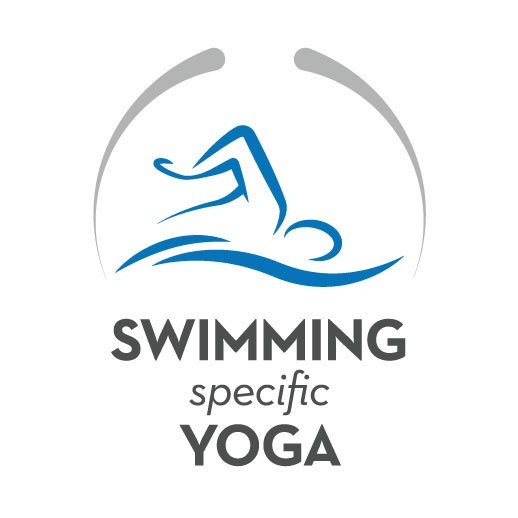A common question swim coaches have when implementing a swimming-specific yoga program is how to apply the practice with different age groups.
A yoga practice is easily adaptable for the goals of your program. This not only applies to the practice focus, but classes can also be adjusted to benefit different age groups.
10 and unders
Make it fun. There are many different ways to make a swimming-specific yoga practice fun it is all about using your imagination.
Creating a story that includes characters that can be expressed as poses is an incredible way to have the swimmers engaged and focused.
Describing how to breathe in a fun way is another thing that young athletes enjoy. Balloon breath, bumble bee breath, horse lips breath or lion’s breath are some examples. This type of focus will bring smiles to most 10 & unders faces.
These strategies not only keep athletes engaged, but also improve body awareness and focus.
Creating game like scenarios where athletes move from position to position in ways that are different then many of their normal activities will teach them a great deal about their bodies.
Being focused on a story as well as developing a connection to their breathing are both tremendous ways to strengthen attentional control.
Age Groupers
More structured programs are often introduced during this period. In this phase of an athlete’s development the main focus is on technical proficiency in the water, but they are also learning how to train. This includes the development of strength, mobility and the incorporation of recovery techniques. All of these aspects give athletes the ability to make changes in technique more efficiently and provide the foundation for higher-level training.
In a yoga practice athletes work with their own body weight to develop strength and stability. This is extremely effective especially when first being introduced to strength training. Another advantage of working on strength in this way is that it continues to heighten body awareness.
One of the biggest challenges when working on mobility is athlete engagement. Many find traditional stretching routines boring and ineffective. By creating a practice that is more active with the goal of increasing range of motion and the ability to apply power through that range creates a completely different and engaging training stimulus.
For dry land training to be effective swimmers need to learn the fundamentals of movement as well as control and stability while moving. By learning the foundations of a swimming-specific yoga program athletes will become much more skillful at functional movement patterns that can be applied in and out of the water.
Partner coaching is an extremely effective way to teach athletes these fundamentals. They are first taught the skill and then teach each other.
One of the unique elements of a swimming-specific yoga program is the inclusion of breath awareness. By having this as part of a dry land program it gives the athletes the opportunity to work on mental skills. Things such as self-awareness, self-talk and attentional control can all be developed during a session.
Recovery techniques are a part of almost any practice. A session can also be designed to focus exclusively on recovery teaching athletes how to rest and restore. Understanding how to allow both the body and mind to relax is extremely important and will be a great benefit to them as they progress in their swimming careers.
When incorporating recovery sessions into a program they should be shorter to begin with so that so athletes can progressively strength their attentional control. As athletes do these more and more the length of the sessions can increase. This is also a great time to start introducing visualization skills.
Senior
Many senior athletes have highly structured strength and conditioning programs. Because of this the priorities within a yoga program often shift towards injury prevention, mobility and recovery.
Body awareness is important for swimmers at any level. By continuing to focus on this in a swimming-specific yoga program it is an effective way to help prevent injuries. Having greater body awareness allows athletes to control their movement with greater efficiency as well as identify and correct different vulnerabilities.
As athletes get older and stronger they often develop tightness that can compromise their range of motion. For that reason continuing to develop mobility is of great importance and doing so within a yoga program that is engaging is extremely effective.
Optimizing recovery becomes more and more important as athletes progress to high and higher levels of training. A swimming-specific yoga program gives athletes the opportunity to be proactive with their recovery strategies.
Working with the breath is a mindful practice that allows athletes to recover both physically and mentally. As a swimmer gets older the pressures both in and out of the pool most often increase. Being able to take time away from those pressures and developing a different perspective can be very beneficial for both physical and mental wellness.
…
This Yoga for Swimmers article is brought to you by Swimming-Specific Yoga the world’s top resource for online yoga classes and content designed for swimmers and multi-sport athletes.
…
Sign up here to receive the Swimming Specific Yoga newsletter
The newsletter includes information on how yoga can enhance both your swimming performance and your wellness.


